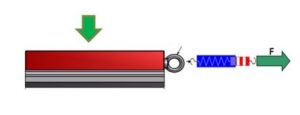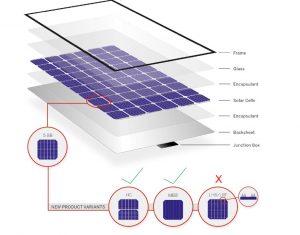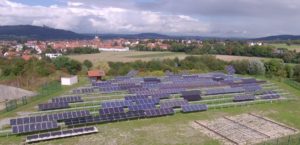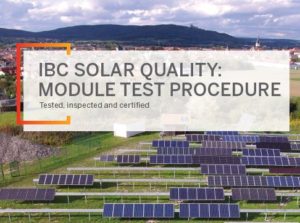Sabine, Victoria who will be next? The next storm is as certain as the sunrise
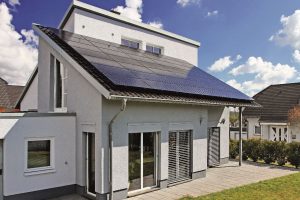 In recent years a series of storms have swept across Europe. The list comprises some prominent storms in Germany like hurricane Niklas (2015), storm Xavier (2017), hurricane Friederike (2018), hurricane Sabine, and storm Victoria (both in 2020). During the last hurricane named Sabine, winds reached speeds of up to 177 km/h. Even in the lowlands, speeds of around 150 km/h could still be measured. This is a good enough reason for us to take a closer look at the calculation of PV systems. Because one thing is for certain – there will be more hurricanes on the way!
In recent years a series of storms have swept across Europe. The list comprises some prominent storms in Germany like hurricane Niklas (2015), storm Xavier (2017), hurricane Friederike (2018), hurricane Sabine, and storm Victoria (both in 2020). During the last hurricane named Sabine, winds reached speeds of up to 177 km/h. Even in the lowlands, speeds of around 150 km/h could still be measured. This is a good enough reason for us to take a closer look at the calculation of PV systems. Because one thing is for certain – there will be more hurricanes on the way!
(more…)
